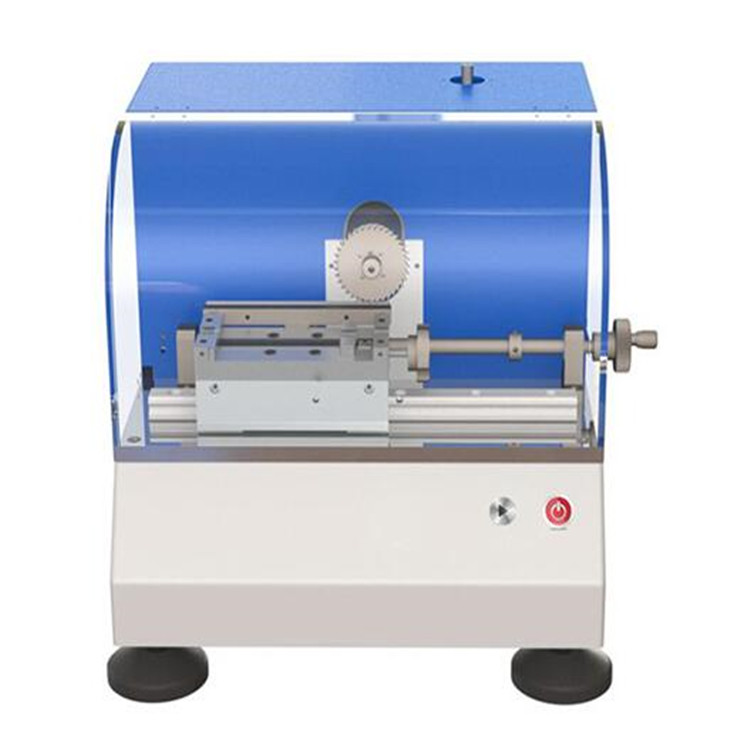Electric notch machine
Electric Notch Machine: Precision Cutting for Material Testing
The Electric Notch Machine is a specialized tool for creating precise, reproducible notches in materials to assess their impact resistance. This guide highlights its applications, technical specs, operating mechanism, and compliance with key standards.
Applicable Standards
The machine aligns with international test methods like ASTM E23 (metallic Charpy notch impact), ISO 148-1 (U-notch specimens), and JIS Z2242 (polymer impact testing). These standards specify notch dimensions, cutting tolerances, and sample preparation protocols.
Main Parameters
| Parameter | Details |
|---|---|
| Cutting Depth | 0.1–8mm (digital adjustment) |
| Blade Types | V-notch, U-notch, keyhole (interchangeable) |
| Motor Power | 500W (brushless DC, variable speed) |
| Cutting Speed | 1–20 mm/s (programmable) |
| Dimensions | Compact benchtop design (400×300×250mm) |

Working Principle
The machine uses a high-torque motor to drive a hardened steel blade along a linear guide. A depth-sensing probe ensures accuracy, while a cooling system prevents material overheating. The control panel allows presetting parameters via touchscreen, with auto-calibration for repeatability.
Test Principle
Sample Preparation: Secure the material in the vise, aligning the blade path.
Notch Creation: Select blade type and set depth/speed per standard (e.g., 2mm V-notch for ASTM E23).
Quality Check: Verify dimensions using onboard microscopy or external metrology tools.
This machine serves labs and manufacturers in automotive, aerospace, and materials engineering, ensuring compliance with fracture toughness standards.

